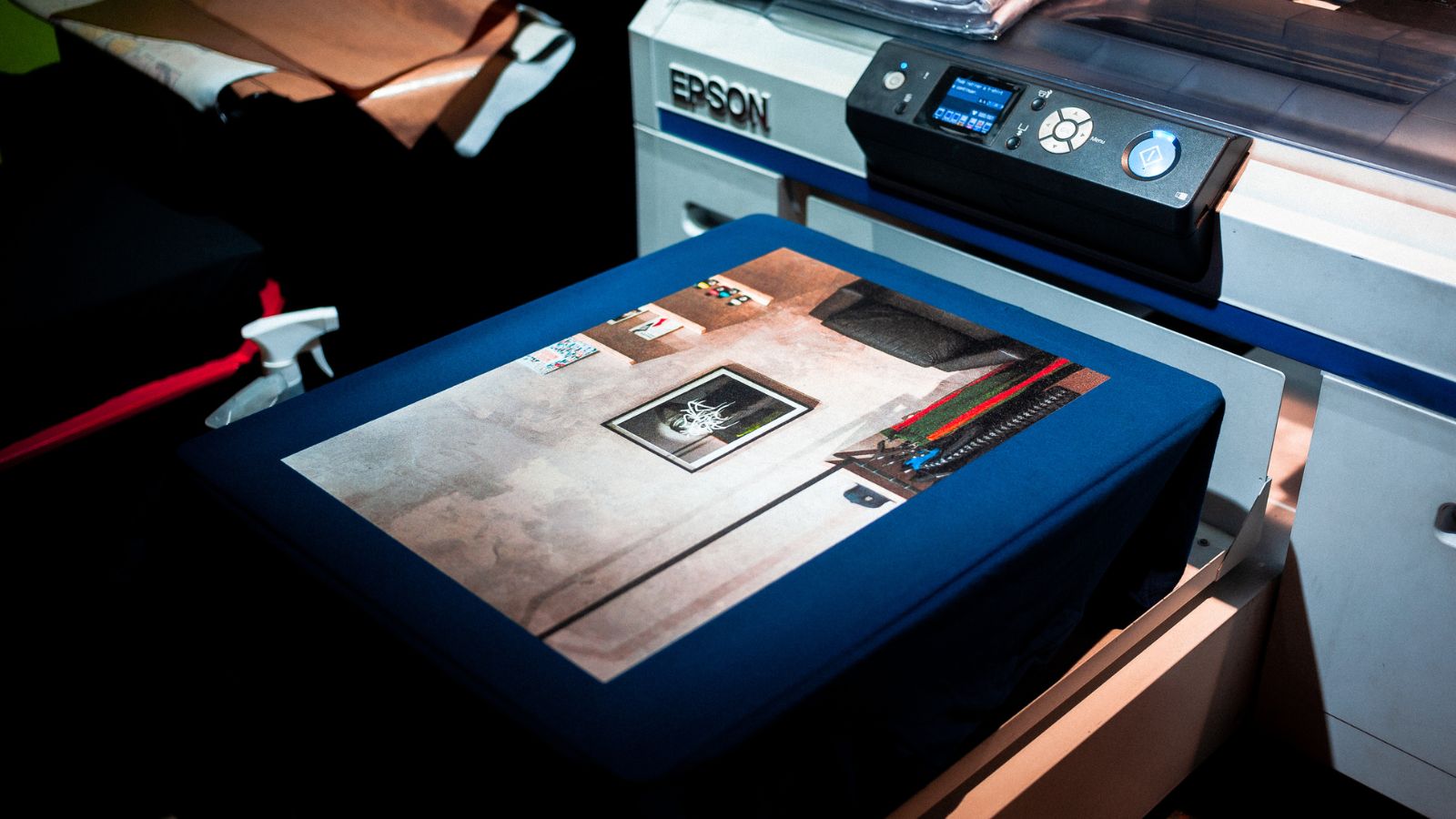In the bustling world of literacy, there’s a silent hero that often slips under the radar: environmental print. It’s the secret language hiding in plain sight, on everything from cereal boxes to traffic signs. As the first form of reading children encounter, it plays a pivotal role in early literacy development.
This article delves into the fascinating world of environmental print. It’ll explore examples of this unique form of literacy, shedding light on its importance and how it subtly shapes our understanding of the world. Whether you’re an educator, parent, or just someone with a keen interest in literacy, you’re sure to find this exploration of environmental print intriguing and insightful.
Environmental Print Examples
The Importance of Environmental Print
Environmental print plays a pivotal role in promoting early literacy skills among children. Accounting for the first form of reading that kids engage with, it’s instrumental in shaping their comprehension of symbols, words, and concepts that pervade our world. Professionals in education ascertain environmental print as a cornerstone for developing reading readiness. Further, psychological studies, such as those conducted by the American Psychological Association, validate the effectiveness of environmental print in fostering cognitive connections between visual cues and spoken language.
Recognizing Environmental Print in Daily Life
Environmental print permeates daily life, quietly building literacy skills through constant exposure. From cereal boxes spouting nutritional information to road signs dictating traffic rules, children encounter environmental print in numerous forms, every single day. They become familiar with the McDonald’s golden arches or the bold red Target logo, even before learning to read. These instances offer tangible examples of how environmental print operates, educating on a subconscious level. With continuous exposure, young minds begin to recognize patterns, understand symbolism, and eventually connect these visual cues to written language, thus taking their first strides into the realm of reading.
 Types of Environmental Print Examples
Types of Environmental Print Examples
In honing children’s early literacy skills, diverse environmental print examples permeate their surroundings. These forms of print open avenues for cognitive connections between visual stimuli and spoken language.
Signs and Logos
Steeped in symbolism, signs and logos represent one common type of environmental print. Their use extends from traffic signs controlling the flow of vehicles, to logos demarcating the identities of corporations. Take McDonald’s Golden Arches, for instance. It’s a globally recognized symbol that even a child can associate with the fast-food chain. Indeed, children’s recognition of symbols, based on visuals or colours like these, are foundational steps towards understanding letters and words.
Packaging and Labels
Packaging and labels, found on everyday items such as cereal boxes, milk bottles, or toy wrappers, also come under the realm of environmental print. These present opportunities for children to make connections between the product’s image and its associated textual information. An example is the Cheerios cereal box; children often recognize this item in their homes and associate its yellow packaging with breakfast time.
Billboards and Posters
Billboards and posters, particularly those with large, eye-catching fonts and vibrant images, are unmissable examples of environmental print. They are inherently designed to grab attention, like movie posters with film’s name prominently displayed or billboards advertising the latest gadget. Children absorb these prints subconsciously, contributing to their understanding of alphabets and language by associating images and the corresponding text.
 Educational Benefits of Environmental Print
Educational Benefits of Environmental Print
Enhancing Early Literacy Skills
Environmental print bolsters early literacy skills, a crucial aspect of holistic child development. Exposure to various environmental print examples, such as supermarket signs and toy packaging, reinforces letter-sound associations in a child’s mind. The result? Enhanced phonological awareness, a vital literacy skill.
Supporting Language Development
In addition to boosting literacy skills, environmental print also facilitates language development. Regular contact with environmental print stretches vocabulary, broadens comprehension, and cultivates grammatical understanding. The process of relating visual cues to their language equivalents enables children to absorb new words naturally, expanding their lexicon. For example, children learn terms like ‘Exit’, ‘Open’, and ‘Sale’ from signs spotted in a mall or grocery store, indicating that exposure to environmental print broadens their array of known words.